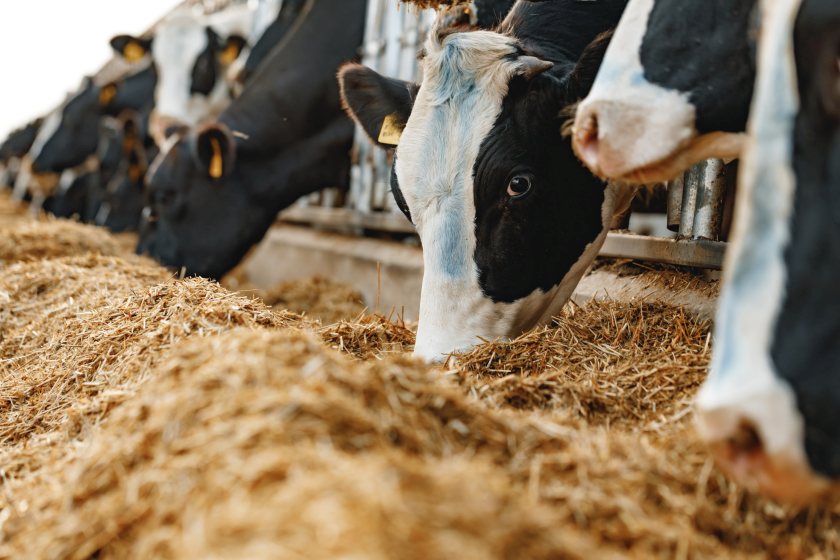
Livestock farmers are being encouraged to assess their feed needs and make contingency plans as unusually dry spring weather puts pressure on grass growth and silage yields.
AHDB has issued a warning following confirmation from the Met Office that the UK is experiencing its driest spring in over 100 years.
With cattle and sheep farmers heavily reliant on summer grazing and silage for winter feeding, the prolonged lack of rain could have serious consequences.
"There was a strong start to the grass growth season with favourable conditions," said Katie Evans, AHDB’s senior knowledge exchange manager.
"May tends to be a big growth month and early statistics have shown good growth rates achieved early in the month.
"However, the lack of rainfall, particularly in the driest regions where it hasn’t rained for weeks, could significantly slow growth, reduce silage yields, and impact grazing availability.”
Farmers are being advised to assess both their summer and winter feed requirements now, review silage stocks, and consider fast-growing catch crops for late-season grazing.
The levy organisation also recommends farmers to consider earlier-than-usual cuts to prioritise quality over quantity.
Ms Evans added that proactive grazing management is essential: “Rotational grazing can help protect residuals and reduce plant stress.
"And where pasture supply is tight, using buffer or supplementary feeding early can protect sward recovery later in the season.
"These small decisions now can help maintain long-term resilience and avoid bigger challenges later in the year.”
Farmers are also being advised by AHDB to be alert to parasite risks, particularly among young stock grazing short pastures.
Ms Evans noted that reduced forage intake and lower immunity could make livestock more susceptible to worm burdens once rainfall returns.
Where silage cuts have already been below expectations, second-cut potential should be closely monitored.
If regrowth is poor, farmers may need to adapt by diverting fields for grazing or trialling alternative forages.
The warning comes as extreme weather events become increasingly common - data from UK Climate Projections points to a warmer future climate for the UK, with more frequent extremes including heatwaves, droughts, and flooding.
Rachael Madeley-Davies, AHDB head of environment said: "It is important to remember what makes these climatic changes so challenging is we are experiencing huge extremes.
"This time last year we were talking about the effects of a very wet season and now we are dealing with a lack of rain.
“Any actions farmers consider will be very specific to their business, taking into account location, the type of land they have, as well as the type of farming enterprise they run."
She added: "Everyone should be assessing their business and identifying potential risk areas and taking action.”
